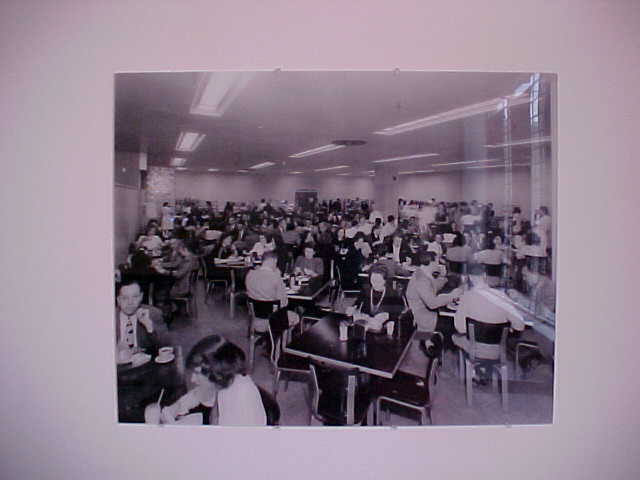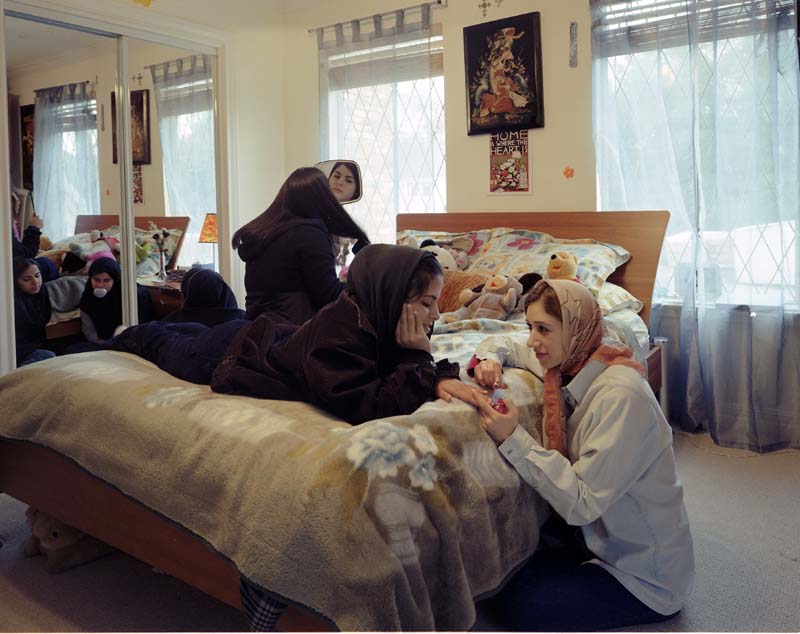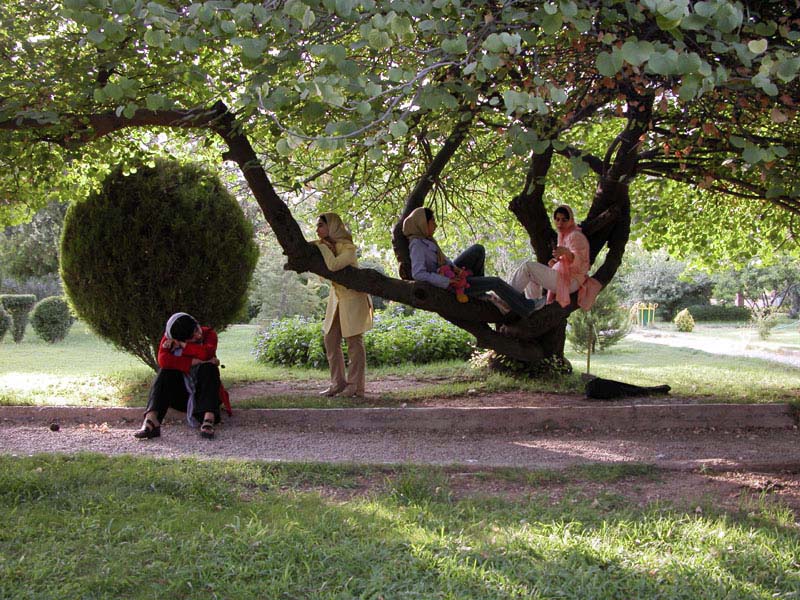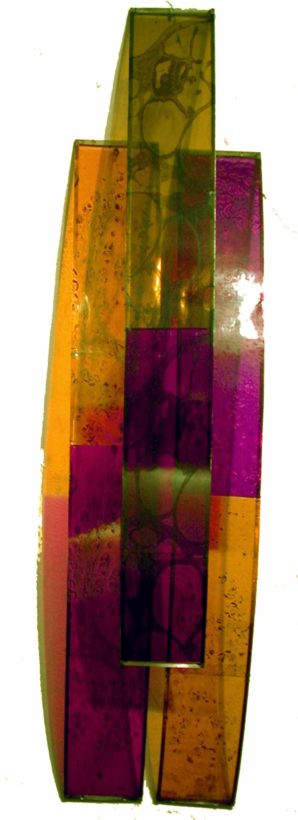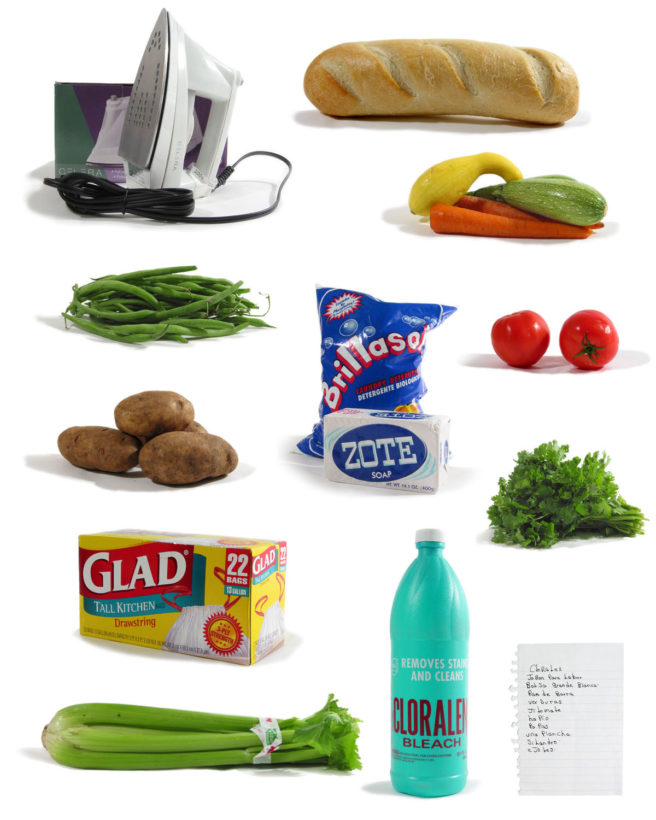Archive
Layered Evidence: Uncovering Houston Curated by Caroline Goeser, Susana Monteverde, Sara Wilson McKay
Curatorial Statement
“As artist Kelly Pike exclaimed in discussing her Layered Evidence installation, “Houston’s a city that doesn’t reveal itself easily.” In her pithy statement, Kelly expressed some of our intentions in organizing this exhibition. More than other cities we’ve experienced, Houston’s sprawling urban landscape has emerged in spurts of growth, creating an eclectic environment. Its residential and commercial zones blur, and its neighborhoods shift their boundaries as well as ethnic and economic compositions. Sometimes, this complicated circuitry of layers obscures parts of the city and its history. In other cases, different communities find connections across the city’s geography, forging invisible layers of shared experience through their commitments to political ideals or the arts. We asked the artists in this exhibition to engage with these physical and psychic layers, uncovering Houston’s complexity with new insight and creativity.
Our method in coordinating Layered Evidence has been collaborative—a layered process in itself—allowing our ideas and backgrounds in art history and art education to intermingle. The collaborative process also extended to the artists in the exhibition, with whom we had lengthy conversations. Helping us foresee the content and form of the artists’ works in progress, these stimulating dialogues also revealed an undergrowth of thematic layers that artists shared.For example, the subject of memory was manifest in almost all of the artists’ musings on their art, and we began to see how their work would examine different layers of memory inHouston, from public record to personal narrative. A cataloging impulse and the process of organizing the ordinary were added themes that emerged in our discussions with artists. In their exploration of tangible forms in Houston, they made various taxonomies of evidence visible. The intersection of Houston’s public and private spheres also developed as a theme. While some artists emphasized tensions between public and private roles in Houston’s communities, others addressed blurred boundaries between public and private spaces.
We’ve been fortunate to attract a broad spectrum of Houston artists at various stages in their careers, working in a range of media from painting to photography and multimedia installation. Though sharing overarching ideas, they approach our theme from wide-ranging perspectives. While some artists investigate Houston’s political history, others scrutinize the layers of its built environment and the demography of its neighborhoods. In his multimedia installation, Bill Thomas considers the moment when his mother’s lunch counter at the downtown Foley’s became racially integrated, weaving the history of Houston’s racial politics with layers of personal memory. Kelly Pike and Marlo Saucedo also reveal the public and private layers of the city’s urban surroundings. Kelly’s installation investigates the relationships between architecture and the environment. Using the translucent materials of plastic and steam, Kelly’s evanescent structure elides conventional boundaries between outside and inside, while also evoking relationship between public edifice and private memory. Similarly, Marlo layers rarely seen images of downtown architecture with text that integrates Houston’s public history and the artist’s personal narrative.
A number of artists have explored the multiplicity of race and ethnicity in Houston’s diverse population by using layered artistic techniques, including collage and digital imaging. Using handmade paper swirled with chocolate, Jabari Anderson has assembled collages that recall antique parchment maps of Africa while also referencing modern street maps of Houston. His collaged maps are conceptual portraits of African American men who were public figures and personal heroes in the Third Ward—sometimes dubbed the “invisible Houston.” Kahlil Taylor’s sensitive digital portraits of his extended family depict physically layered views through double hung window frames characteristic of Houston’s rowhouses. The photographs recall bell hooks’ notion that row houses are architectural markers of personal journeys. Telling the story of Korean immigration, Mary Jenewein’s assemblage of hand-written correspondence and electric lights contained in a curio cabinet recalls her father’s public role as a leader in Houston’s Korean community, while also gesturing toward his conflicted family relationships. Juxtaposing popular culture and tradition, Soody Sharifi’s bold digital images position Muslim teenaged women as active participants in Houston’s contemporary urban environment, while their bodies remain covered with traditional layered garments.
Additional artists have used the concept of layering as away to forge connections in a fractured urban culture. Attempting to organize the disparate elements ofHouston’s layers, Daniela Koontz and Linda Hayward create taxonomies of objects they associate with the city.In animating the mundane process of list-making,Daniela’s luscious digital prints are visual translations of shopping lists she has found at Houston grocery stores. By picturing each product on the lists, she playfully investigates individual idiosyncrasies through thecommonplace activity of grocery shopping. A fervent reader and collector, Linda saves the ephemera that she occasionally finds tucked between the pages of used books while browsing in Houston’s thrift stores. She has made a series of cast resin books within which she has embedded some of the ephemera, revealing traces of the lives of the previous book owners, as well as an ironic desire to fix impermanent objects of Houston culture in time and place.Working in abstract styles, Claire Ankenman and Carrie Markello explore the aesthetics of layering to characterize integrated communities within an often disjointed metropolis. Turning her attention to Houston’s medical community, Claire’s constructions feature overlaid imagery from mammograms and cancer cells, commenting on the layered relationships between physical illness and psychic strength, as well as the layered nature of personal genetic history. In a collaborative project, Carrie has created an installation that includes intimate abstract portraits of her neighbors on Marshall Street. Through organic abstraction and collected narratives, Carrie conveys the layers of intermingled relationships revealing a glimpse of shared community experience.
We would like to thank these artists for their great efforts to find and express the layers of their Houston experiences. In turn, we hope that this exhibition can function as a catalyst for all of us to rediscover and redefine our sense of place within this diverse urban culture.”
